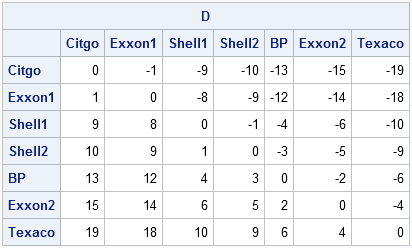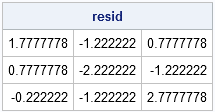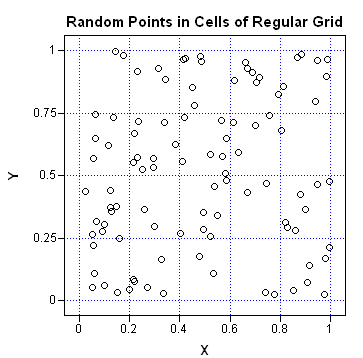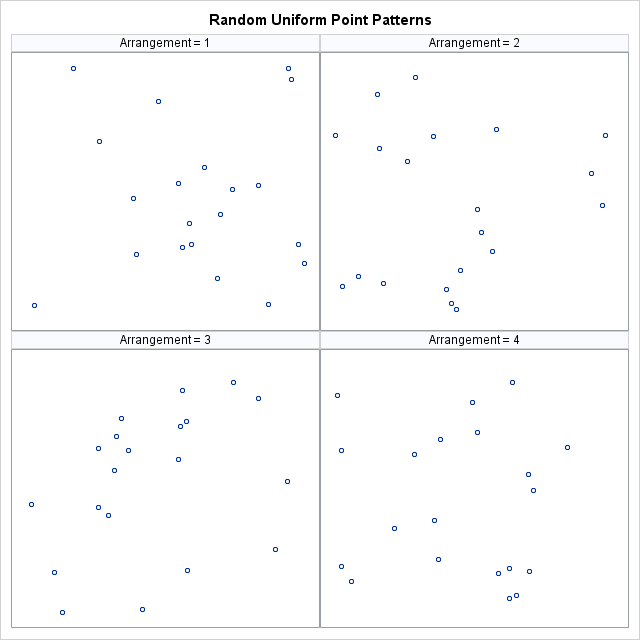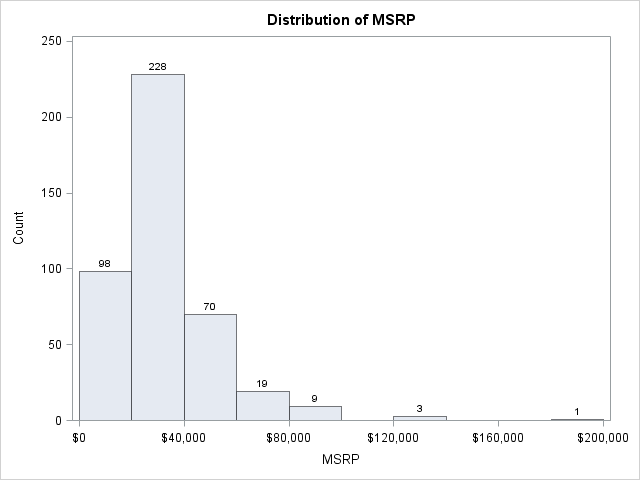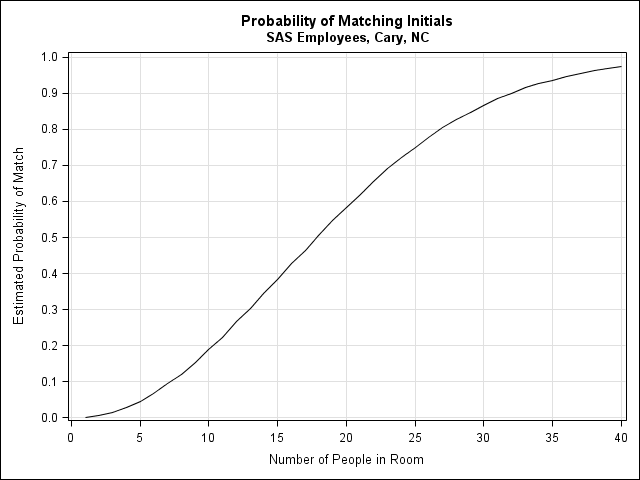
I don't use the SAS macro language very often. Because the SAS/IML language has statements for looping and evaluating expressions, I rarely write a macro function as part of a SAS/IML programs. Oh, sure, I use the %LET statement to define global constants, but I seldom use the %DO and

